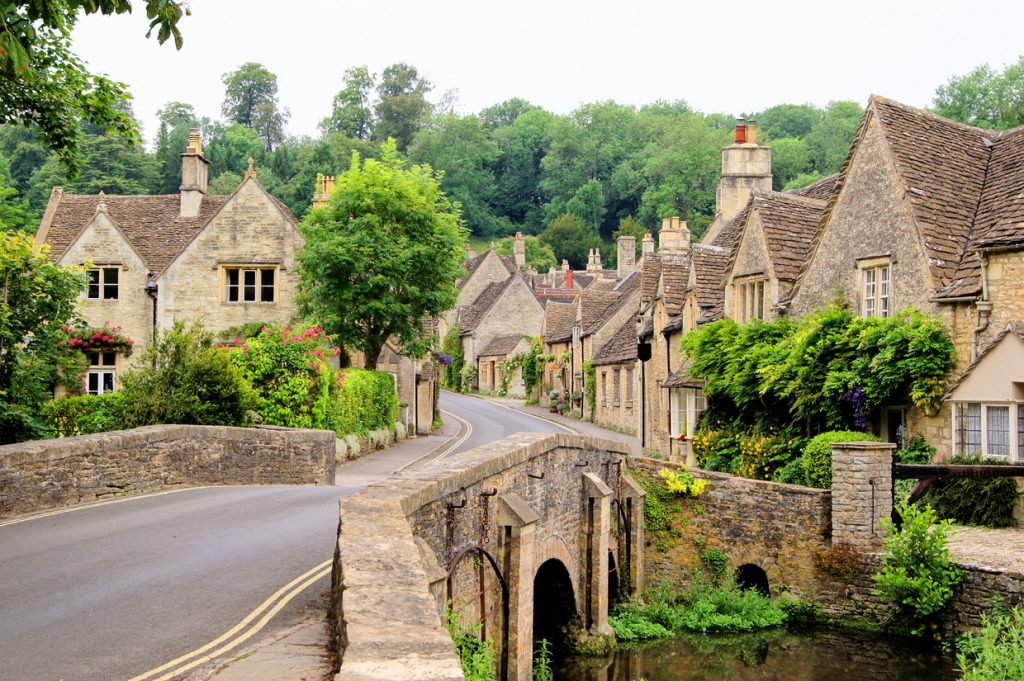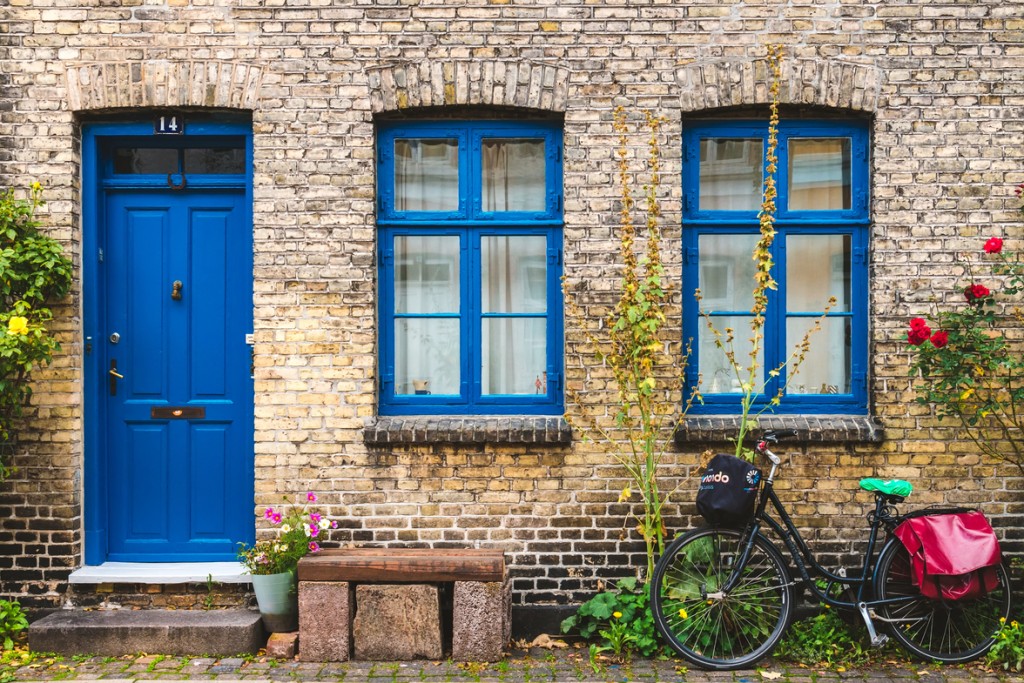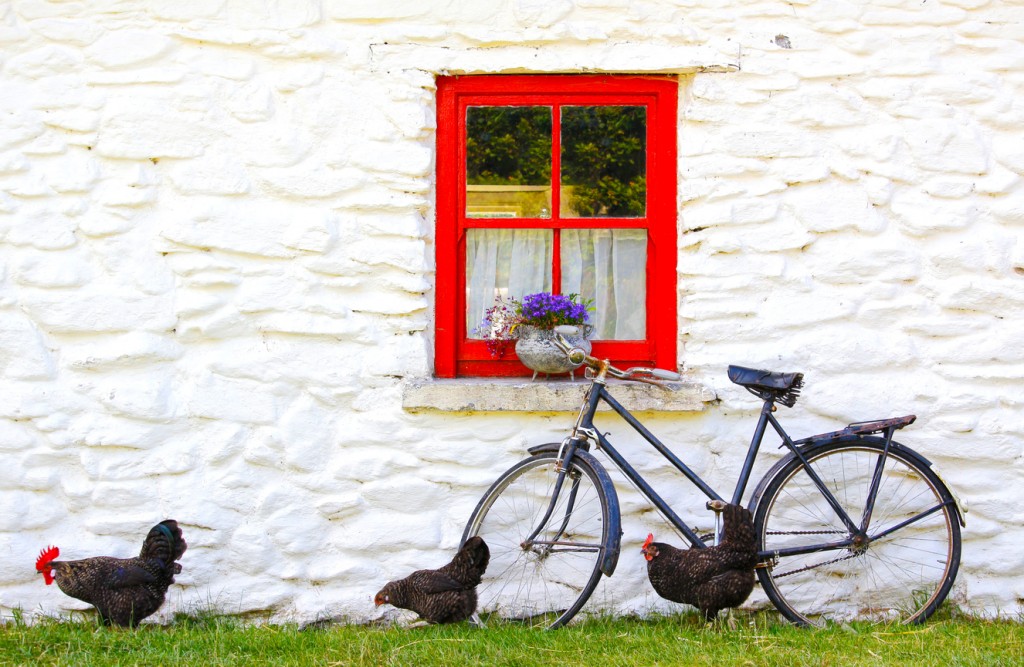If you live in a conservation area, you may not be able to replace your current timber windows with uPVC windows. Whether you want to give the windows an updated look or to get double or triple glazing fitted, replacing timber windows with uPVC in a conservation area can be tricky. You will certainly need to apply for permission from the council, and it may not be granted. Here’s a guide to everything you need to know about uPVC windows in conservation areas, and why they are not necessary.

What is a Conservation Area?
In the UK, a conservation area applies to areas that are considered worthy of preservation or enhancement because of its special architectural or historic interest; it covers everything from historic town centres, residential streets to vast areas of distinctive rural landscapes. There are almost 9,800 conservation areas in England, and the legislation in place forbids “undesirable changes” to preserve the original character of homes within these areas. This includes replacing any of the original windows.
Windows are an important aspect of the design features of any building, and replacement windows can ruin the appearance of period properties. This is why planning authorities pay a lot of attention to considering the appearance of a window and its appropriateness for a conservation area.


What are the Criteria for Replacing the Windows?
Timber windows are typical in conservation areas because of their unique character and style, they can also improve the value of a property. They can be replaced with uPVC windows provided their appearance is not drastically altered from the original design; they must replicate the original or be of an appropriate design and materials.
For example, the Hastings Borough Council has the following restrictions for replacing windows and doors in a conservation area: “uPVC and aluminium replacements are not generally acceptable. However, ‘slim section’ replacement windows will be considered, but only under the following circumstances where the windows match the original design:
- On rear facades hidden from view
- In total replacement of all windows in an isolated or detached building. This does not apply to terraced buildings where the continuity of fenestration is important
- Where the replacement slim section window would not harm the character or appearance of the building or the area”
Aside from individual boroughs and their own criteria for window replacement in conservation areas, typical things that may be taken into account is the position of the widow within its opening; proportions of the sashes; material used for the frame; arrangement of any openings and the thickness and profile of glazing bars and rails.
Are uPVC Windows Necessary?
Understandably, many owners of period properties would not want to replace their timber windows due to fear of losing the unique character of their home yet may be concerned about thermal insulation. Fortunately, it is possible to upgrade existing timber windows to double-glazed units without the need to replace the whole window and frame.
Slim section double glazing units can be retro-fitted into the existing timber sash or casement frames, allowing period property owners to upgrade the thermal efficiency of their home without losing the original character that the timber windows bring.
Whilst replacing timber windows with uPVC windows in a conservation area is possible under certain circumstances, it is not necessary when timber windows can be updated to allow for the same thermal efficiency as their uPVC counterparts. uPVC windows will never be as visually appealing as traditional timber windows, so if you live in a conservation area, you’re better off figuring out solutions to getting the timber windows updated with double glazing rather than going to the hassle of the replacing them with uPVC.


At Darcy Joinery, we have over 30 years’ experience providing made-to-measure joinery products such as sash windows in Manchester. From our workshop, our team of highly skilled craftsmen produce high quality windows using the beauty of old-fashioned craftwork with the draught proofing and locking handles of modern design.
We are also an experienced loft staircase manufacturer that can add life to your attic or basement with the likes of fixed loft stairs, spiral and tread loft stairs, pull-down loft stair or disappearing loft stairs. Contact us today if you would like to know anything about the beautiful joinery we can craft for your home.
